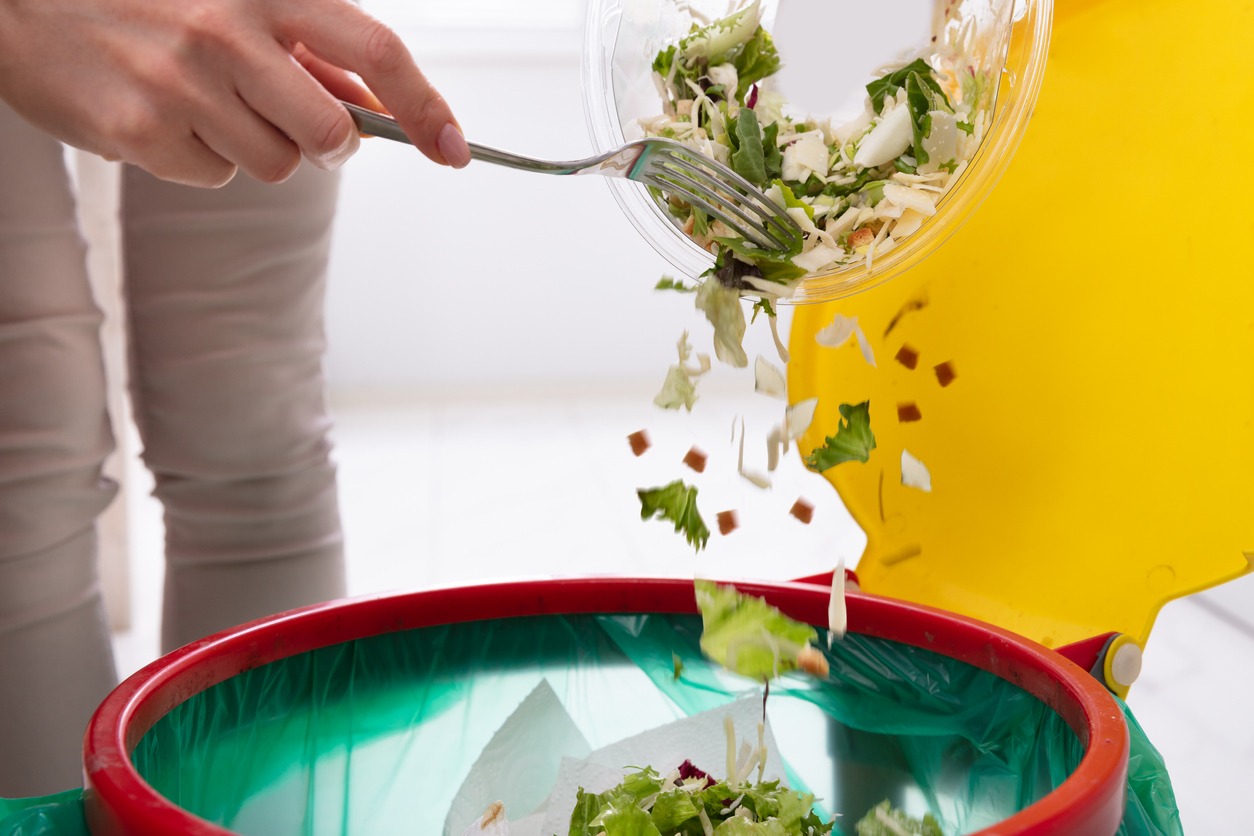After a certain time of discernment, you decided to take charge of improving your landscape in the backyard. As you stroll for new plans, you are stuck on turning waste materials into useful pits for your lawn care. One of the best ways to turn your trash into treasure is through compost bins.
Compost bins are designed structures with the primary goal of taking advantage of natural decomposition processes by transforming organic matter (such as food waste, plant waste, and certain animal manure) into useful products for your landscape and garden. The right combination of air and soil moisture creates ideal conditions for aerobic organisms to activate certain processes that cause the high temperatures to convert organic matter into compost.
Why Use Compost Bin?
Every year, there is massive waste in households needing the proper knowledge of how to make useful compost from this trash. Composting reduces the amount of waste sent to landfills. This method is environmentally friendly and financially helpful, as composted material is relatively expensive.
Further, the compost material you create improves hard, depleted soil and allows flowers, vegetables, and fruit trees to thrive in a nutrient-rich environment. Now, that is a good start for your landscape makeover. Also, improved texture reduces rainwater runoff. Simply put, composting is nature’s way of recycling, and this process is an effective action to reduce waste, tackle climate change and create healthy soils.
Types of Compost Bin
Compost bins are storage bins used to keep compostable materials in place while decomposing. The type of structure or method you choose to make your compost is a matter of personal preference. There are different types of compost bins you can choose from:
Compost Bin Types (Based on Method)
1. Continuous Composters
These closed bins are designed for various materials, from kitchen scraps to garden waste. They are called “continuous” because you can keep adding waste. Compost is produced slowly. The finished compost is usually filtered into the bottom of the bin and can be removed several times a year.
2. Batch Composters
The tumbling action makes these composters efficient, compost-accelerating machines. Each batch starts with a balanced mixture of ingredients and is cooked until ready, which takes only 4-8 weeks. Batch composters are the easiest way to compost, but turning them over daily is enough. While cooking one batch, stock up on ingredients for the next batch. Heaps can be open bins, heaps, or continuous composters.
3. Indoor Composters and Worm Bin
It is possible to make compost indoors, albeit on a small scale. You can turn food scraps into compost for indoor plants and gardens with specially designed-composters and worm bins.
Compost Bin Types (Based on Structure)
1. Plastic Stationery
You can use this to make compost regularly. It also has vents or holes in selected container parts (usually the bottom and sides) to allow for adequate ventilation. Some are built with doors, chutes, or traps for easy hand access to the compost material. It can also be mixed quickly or rotated manually.
2. Tumbling or Rotating
Try these compost bins if you want to compost in just five weeks. Both types of containers use handle to mix. Instead of manually mixing and spinning the compost contents, you can turn it or roll it on the ground (both are usually attached to a stand). However, one of the drawbacks of these bins is that you must wait until the first batch of compost is complete before refilling with a new set.
3. Wire/Mesh Made
This type of bin is one of the easiest ways to compost your trash. But again, the normal composting process (adding organic waste, hand-mixing, then adding water) works in this kind of setting as well.
4. Bin Made of Block or Stone
You can easily make a compost bin out of these materials. Use these materials to build a protective wall around your compost pile. Gaps should be left between blocks/bricks/stones to allow air to enter and exit.
5. Wood Compost Bins
Wooden compost bin (also called an open-air pen) – You can easily make a compost bin from an old pallet to create an airy container. You can also add organic materials that can be hand-turned over the compost contents.
Guide to Making your Compost Bin
- Choose the type of compost bin that is suitable and ready to make in your area. Prepare the necessary materials that can be used as your compost bin. You can choose from plastic, rotating, wire/mesh-made, stone-made, or wooden compost bins.
- Mix brown and green material. Green matter includes nitrogen-rich organic material, which provides amino acids and protein for the compost, such as fruit and vegetable scraps. Brown material is carbon-rich, such as dead leaves, twigs, and branches.
- Cover your bin properly. Compost bins with mesh walls or large gaps (and no covers) dry out and cool too quickly for heat-loving bacteria and all other composting life forms to function properly. Give it a compost pile wall and roof to retain moisture and heat (e.g., cardboard, jute bags, plastic wrap, etc.). As long as the material inside is well-ventilated, this will not choke the compost pile.
- Add water to sustain the wetness. Squeeze out a handful of the mixed compost material by hand. A few drops are wet enough. Otherwise, add more water.
- Simultaneously dump a small amount of garbage into the waiting pile. Always keep brown materials separate, such as leaves, twigs, and wood shavings.
Conclusion
Home composting is currently being promoted to reduce organic waste going to mainstream landfills. It is a practice of effective waste management that can solve multifaceted problems brought on by different types of trashes. One step forward in making this solution possible is making your very own compost pit to put those wastes at home.



